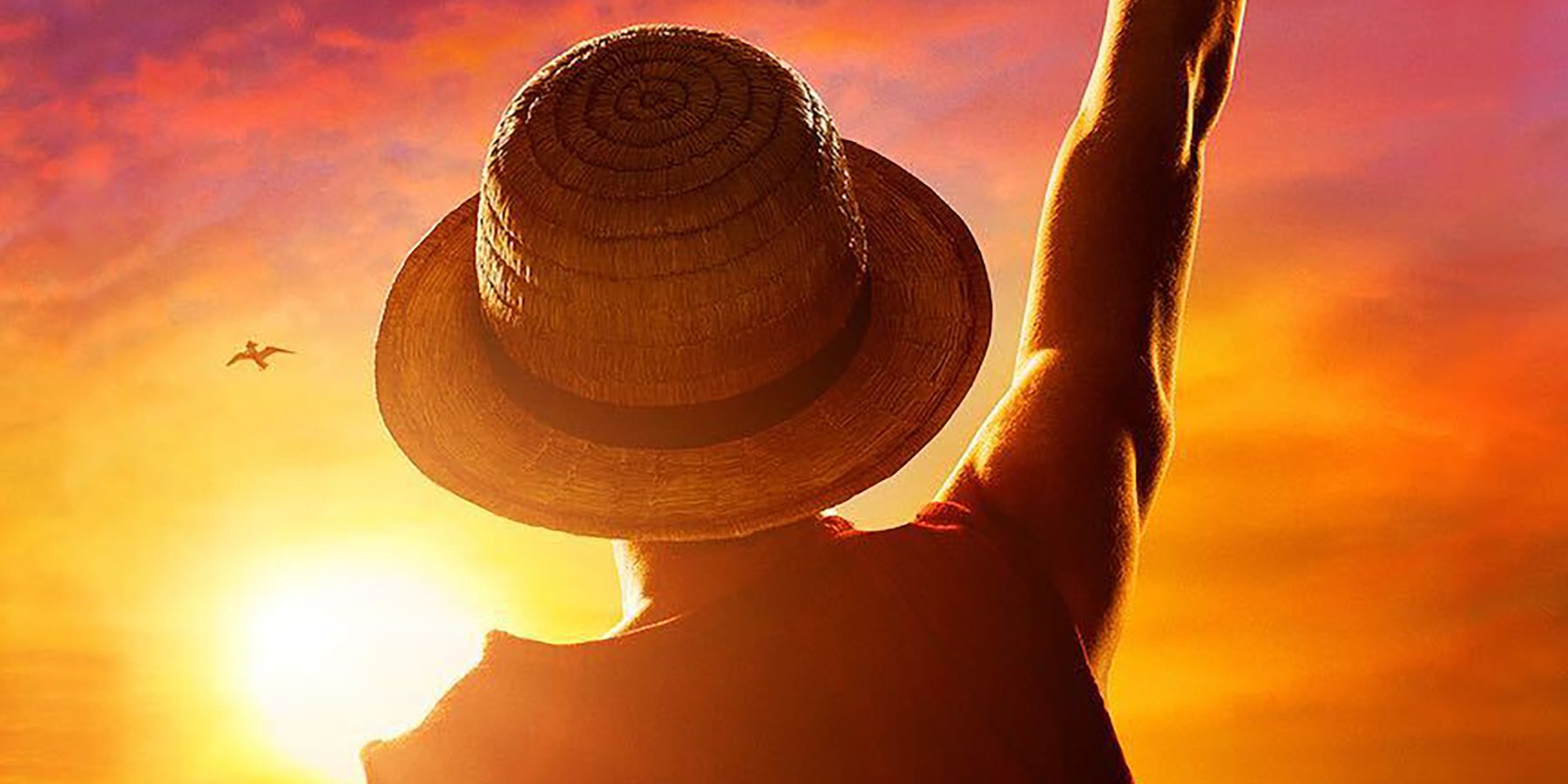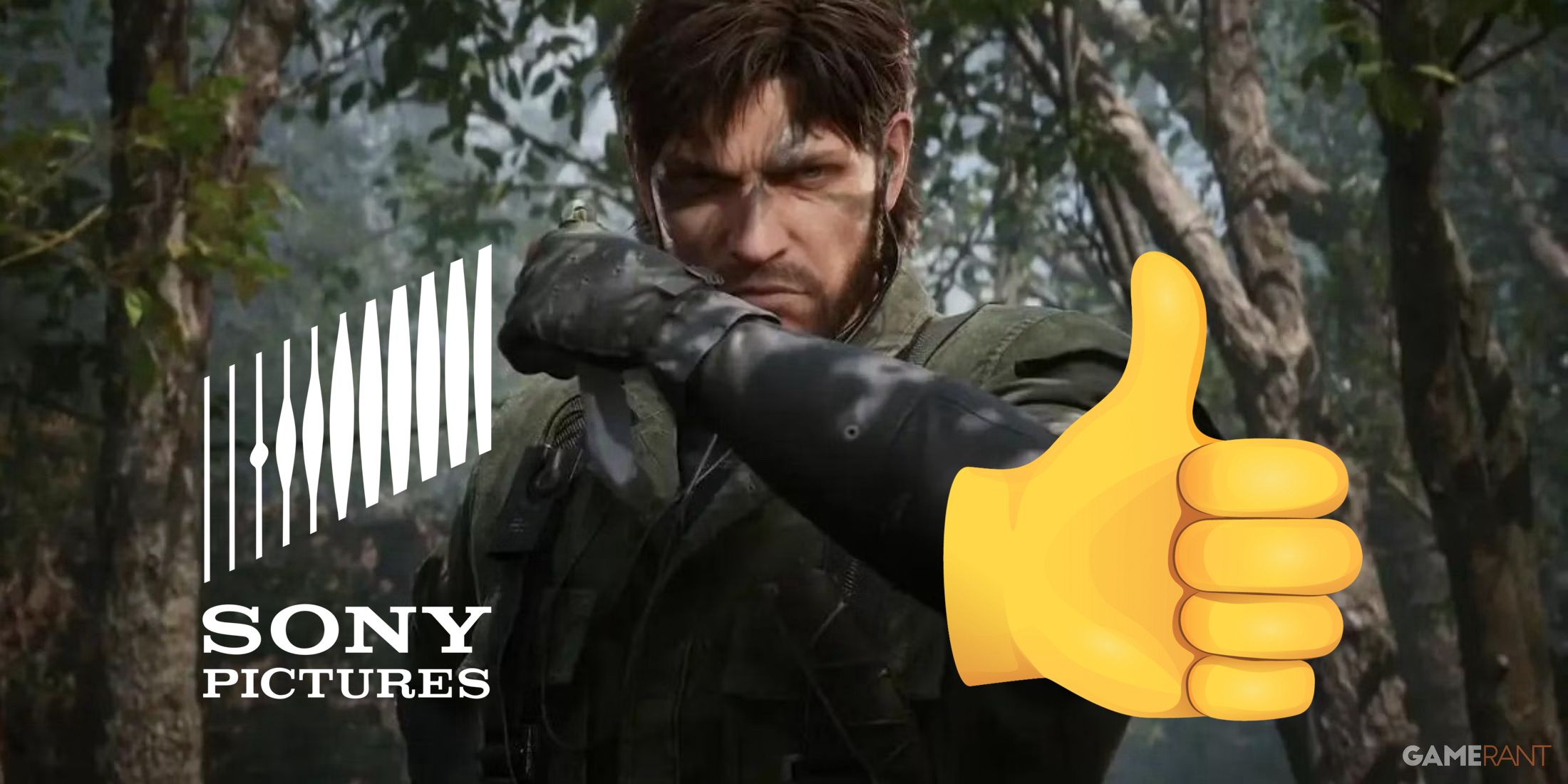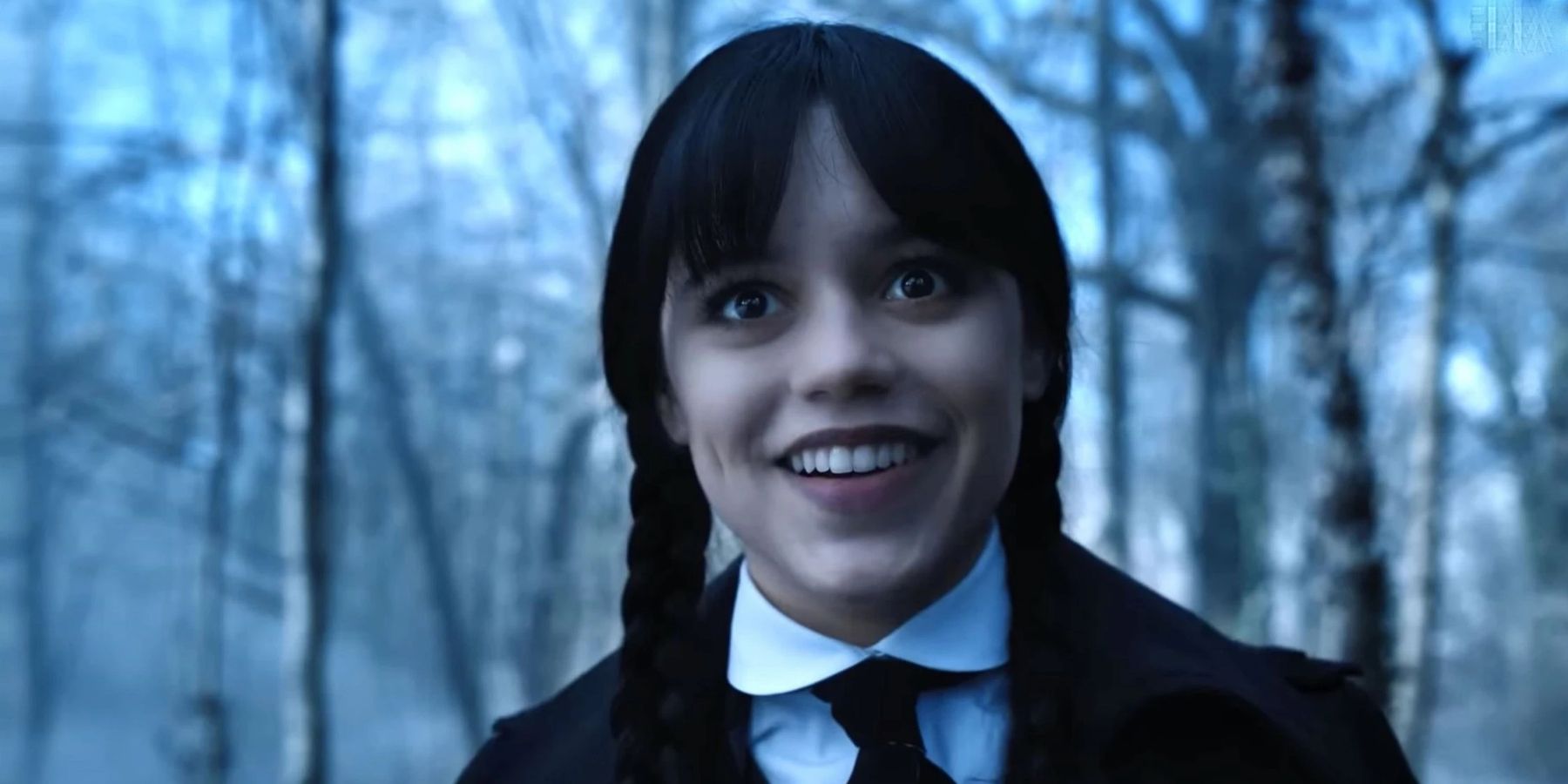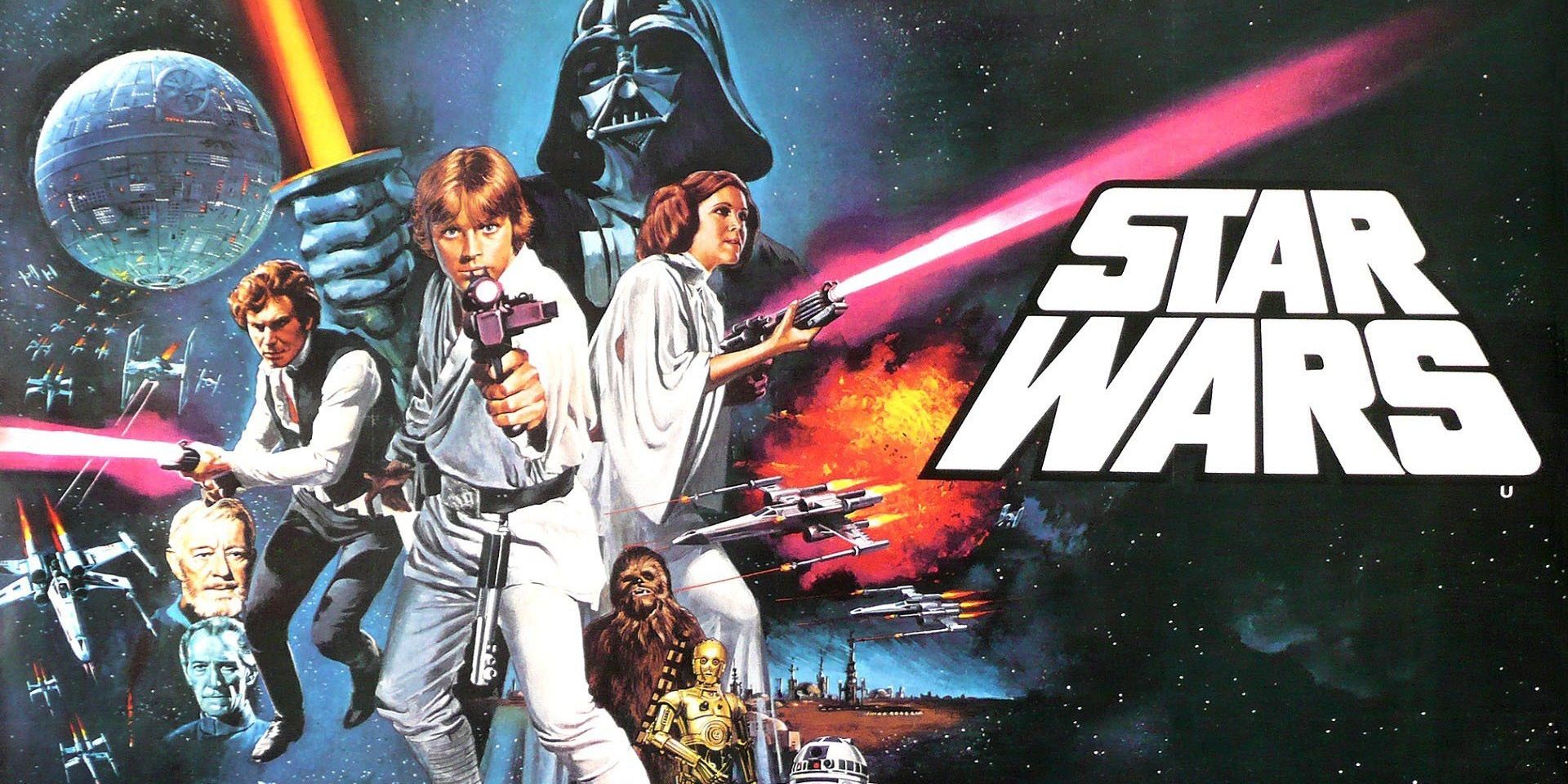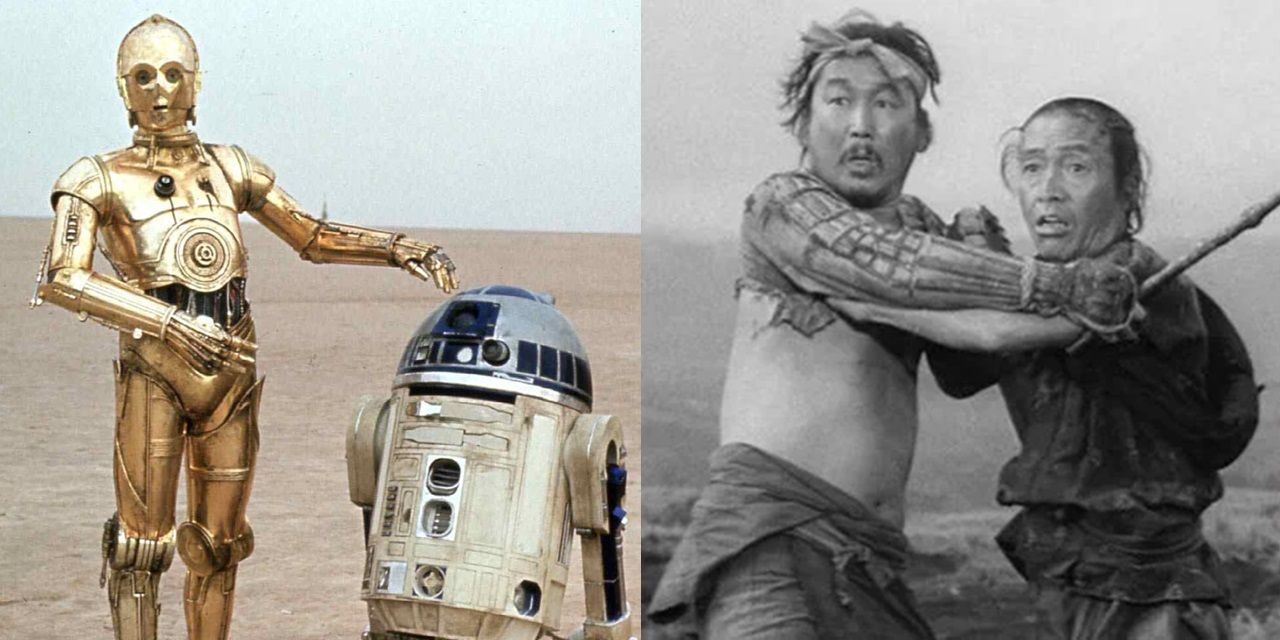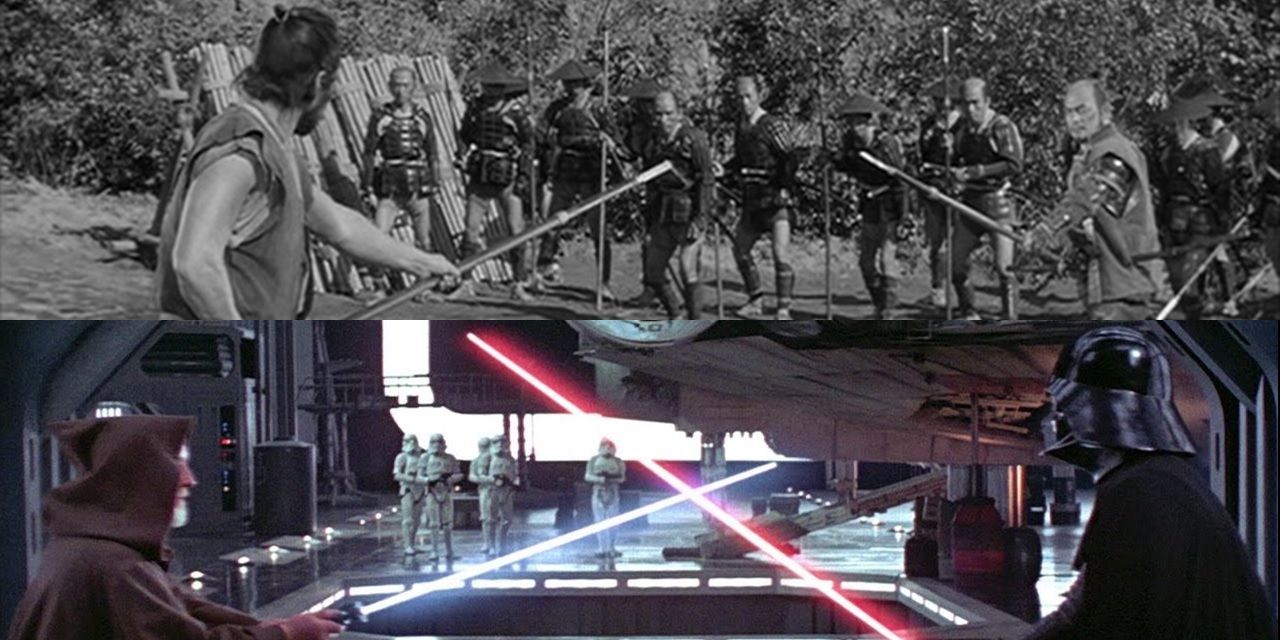When George Lucas introduced audiences around the world to a galaxy far, far away in 1977’s Star Wars, he drew influence from a number of disparate sources. The serialized format and pulpy visuals were inspired by Flash Gordon, the gunslingers of Tatooine were ripped straight from classic westerns, and the epic storytelling has been traced back to the literary masterworks of J.R.R. Tolkien. But there’s one director who influenced the saga more than anyone: Akira Kurosawa, widely regarded to be one of the greatest and most revolutionary filmmakers of all time.
Lucas was heavily influenced by Kurosawa’s samurai classics in characterizing the Jedi and crafting the saga’s lightsaber duels – not to mention all the now-iconic wipe scene transitions, a favorite of Kurosawa’s – while the lone wolf protagonist of Yojimbo has formed the basis for every badass bounty hunter from Boba Fett to Din Djarin. This tradition has continued into the Disney era, as Rian Johnson’s use of conflicting flashbacks in The Last Jedi has been compared to the unreliable narrators of Rashomon and Dave Filoni clearly drew influence from Throne of Blood with the foggy opening scene of The Mandalorian episode “Chapter 13: The Jedi.”
But aside from lightsaber duels being shot like Kurosawa swordfights with colorful blades, Lucas took the most inspiration from Kurosawa in the narrative framework of the original Star Wars movie. Lucas’ Oscar-nominated script for the 1977 classic loosely follows the plot of Kurosawa’s The Hidden Fortress. A lot of the specifics of the story are totally different, but the most crucial similarity is that Kurosawa’s saga of princesses in danger and warriors confronting their nemeses is told through the eyes of two down-on-their-luck slaves and Lucas’ is told through the eyes of two down-on-their-luck droids.
Released in 1958, The Hidden Fortress follows the exploits of two bickering peasants, Tahei and Matashichi, who get unwittingly caught up in a major battle. After escaping the theater of conflict, they meet a battle-hardened samurai named Rokurota Makabe on the war-torn wasteland. Together, they all join a princess who is leading a rebellion against oppressive forces led by Makabe’s old arch nemesis, with whom he has a climactic duel. The story has clear parallels with R2-D2 and C-3PO escaping from the Empire’s assault and teaming up with world-weary Jedi Obi-Wan Kenobi to save Princess Leia and the Rebel Alliance from Obi-Wan’s fallen apprentice Darth Vader, with whom he has a rematch.
Since the sequel trilogy sidelined them, it’s easy to forget that R2-D2 and C-3PO were once the true heroes of the Star Wars saga, just like Tahei and Matashichi – not the princess or the samurai – are the true heroes of The Hidden Fortress. They were the only two characters to appear in every episode and the first movie was told entirely through their eyes. They’re on Tantive IV as it’s attacked by the Empire, then they’re sent down to Tatooine with an important message, then they end up on the Death Star – Star Wars was initially the story of two droids passing from owner to owner, getting swept up in crazy intergalactic adventures.
When David Fincher was offered the job of directing Episode VII, he told Total Film that he saw the Star Wars saga as “the story of two slaves [Artoo and Threepio] who go from owner to owner, witnessing their masters’ folly, the ultimate folly of man... I thought it was an interesting idea in the first two, but it’s kind of gone by Return of the Jedi.” The early focus on the droids made Star Wars an underdog story, much like The Hidden Fortress, following a pair of protagonists caught up in a conflict much, much bigger than themselves. Unfortunately, like Fincher points out, once the Skywalkers took center stage, the droids took more of a backseat.
Lucas didn’t stop borrowing from The Hidden Fortress after the original 1977 masterpiece was in the can. There are some connections in the prequel trilogy, too. In The Hidden Fortress, the princess switches places with a slave girl to hide her identity while the slave girl acts as a decoy. In The Phantom Menace, Queen Padmé Amidala switches places with a handmaiden so she can join Qui-Gon on his journey into Mos Espa.
It’s not uncommon for filmmakers to draw heavily on past films, especially as time marches on and more and more stories have already been told: Ad Astra is Apocalypse Now in space; Friday the 13th is Halloween at an abandoned summer camp; The Fast and the Furious is Point Break with street racing instead of surfing. But The Hidden Fortress’ influence on Star Wars is particularly notable. Lucas even offered the role of Obi-Wan Kenobi to The Hidden Fortress’ own veteran warrior Toshiro Mifune, according to the actor’s daughter, but he turned it down.
Thanks to the other influences and Lucas’ own flair, Star Wars managed to stand on its own instead of feeling like it was re-treading familiar territory. The key to borrowing heavily from existing classics is putting your own spin on it. While Jokerfelt too derivative of The King of Comedy and Taxi Driver because it made the same points less effectively, Star Wars feels entirely separate from The Hidden Fortress because Lucas took Kurosawa’s basic plot, but then set it in space with lightsabers and Wookiees and Death Stars.

